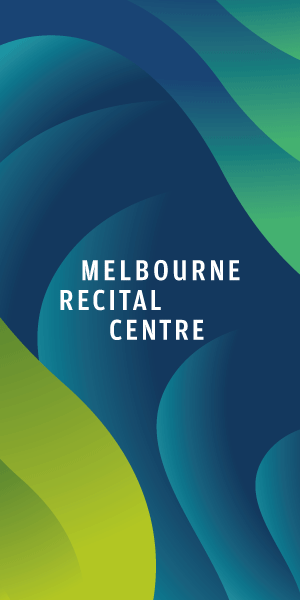Looking back to look forward
By Dr Janette Corcoran
While our high-rise precincts are new, Melbourne has a long history of apartment living.
According to Charles Pickett, Melbourne saw its first purpose-built apartment building - a “walk-up” - around 1900. This was soon followed by our first high-rise. This was The Astor and it was constructed in 1920 and was 20 storeys high.
Of course, Melbourne’s apartment history pales in insignificance against that of Europe’s, with claims that vertical living originated in ancient Rome around 753 BC. Called insulae (island), these apartment buildings could be up to eight stories high and were constructed from wood, mud brick or rudimentary concrete.
In relative terms, however, Melbourne can still claim a respectable pedigree, with apartments having a longer Australian history than majority home ownership.
As regards the evolution of our apartment sector, Robert Stent, architect and Former Governor of Master Builders Association Victoria Foundation, contends that the sector has been “full of turn-offs, short sprints and long runs of both type and frequency.” And he sees four distinct periods that have been most influential:
1930s–1940s: the modernist movement which embraced the need for compact living and featured many studios and one-bed apartments;
1950s–1960s: relaxed planning controls permitted construction of three- and four-storey apartment buildings and also featured the “commission flats” under the Housing Commission of Victoria’s Slum Reclamation Program (HCVSR);
1970s–1980s: an amended planning scheme stymied apartment construction in favour of detached dwellings in the city fringe;
1990s–2000s: inner-city Melbourne development in former industrial areas such as Southbank.
But why then is apartment living claimed as being so new for us?
Why are apartments not a prominent part of our “housing history”?
One theory for this absence has been posed by architect Peter Brew. He suggests that “flats” posed a problem for our more nationalistic historians as this style of living jarred with our popularist view of ourselves as having of a quarter-acre block with a Hills hoist. It is also the case that purpose-built apartments were not universally supported, with their desirability debated since they first appeared here over a century ago. While proponents pointed to cities like New York and their widespread adoption of this mode of living, many Australians argued that the future of the nation was in the balance, as apartments would surely become “the slums of the future”.
It is interesting to note that these same claims are still made today! However, design and construction are only part of our apartment story.
Next month’s column will share the origins of the regulations that govern how we are able to live in our vertical villages.

City of Melbourne unveils next urban forest plan for the CBD





 Download the Latest Edition
Download the Latest Edition